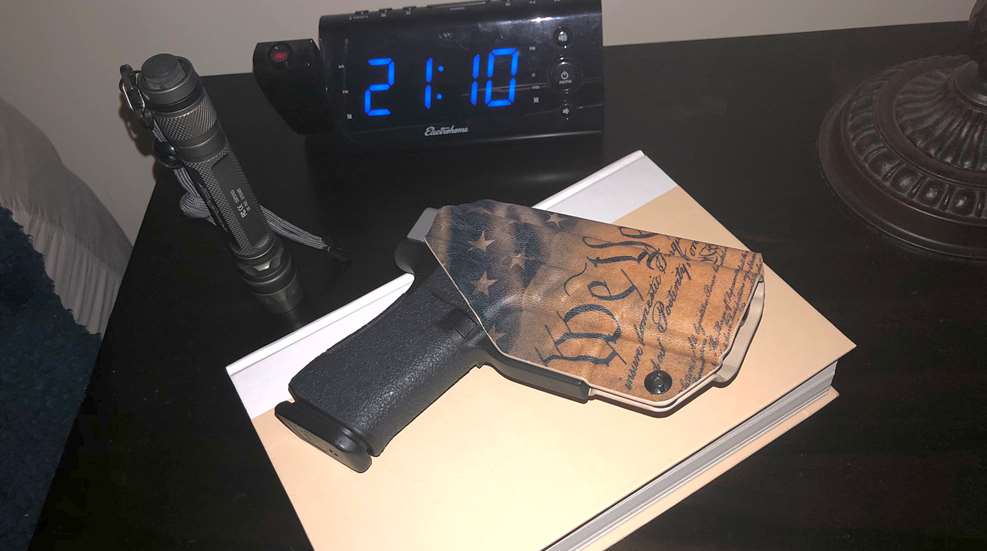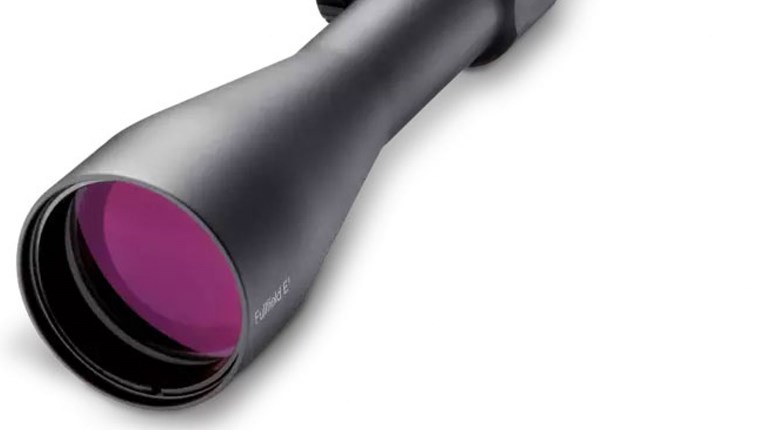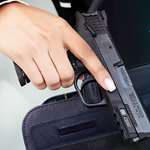
Although it’s not one of the official three rules of gun safety, one major tenet of responsible gun ownership is that your gun needs to be under your control or kept out of the hands of unauthorized persons at all times. When you are carrying concealed on your body, no problem—the gun is fully under your own control and perfectly safe. But it’s important that you maintain that level of security when you take the gun off at the end of the day. How?
We’re not here to tell you what to do in your own home, and we’re not in favor of any legislation that forces you a one-size-fits-all storage “solution” on gun owners. You must decide what works for your particular situation.

Question 1: Where to Keep It?
The main thing is to make sure no unauthorized person can access the gun—whether that’s your kids, visitors to your home, the babysitter or anyone else. In fact, laws vary by state, particularly as they apply to minors having access to your firearms, so be sure to verify your state’s regulations. If you live alone or at least in a home without children, your gun might be perfectly safe on your bedside table (also assuming this is legal in your state, although it does not protect the gun from theft or a fire, of course). One step up in protection would be a trigger lock or a small quick-access lockbox or safe, perhaps one that opens with your fingerprints. A step up from that would be putting the gun in a full-sized gun safe or vault and getting it back out every morning.
Question 2: To Unload or Not?
The second thing to think about is safety. Should you keep the gun loaded or unload it every night and reload every morning? Some of this depends on whether or not your carry gun is also your primary home-defense firearm. If it is, you’ll be leaving it loaded, and you’ll want quick access to it in an emergency. If it’s not, you have the option of unloading the gun every night or locking it up somewhere that takes longer to get to (like that full-sized safe).
If you diligently follow safe gun handling practices, your chances of a negligent discharge are practically zero, but as an additional safety measure, I like to minimize any unnecessary manipulation or handling of the gun, and that means leaving it loaded and mostly undisturbed.
Personally, when I get home at the end of the day, I take my entire holster off my belt, leaving the loaded gun in the holster. The holster and gun are then secured, because I have a different home defense firearm I would use if something goes bump in the night. If you have a storage solution that accommodates it, I highly recommend this method of leaving your gun in its holster and storing the two as a unit. Leaving the gun holstered minimizes the amount of gun manipulation you have to do and further increases the safety factor. Then you can strap the holster/gun combination back on the next morning and be good to go.














































